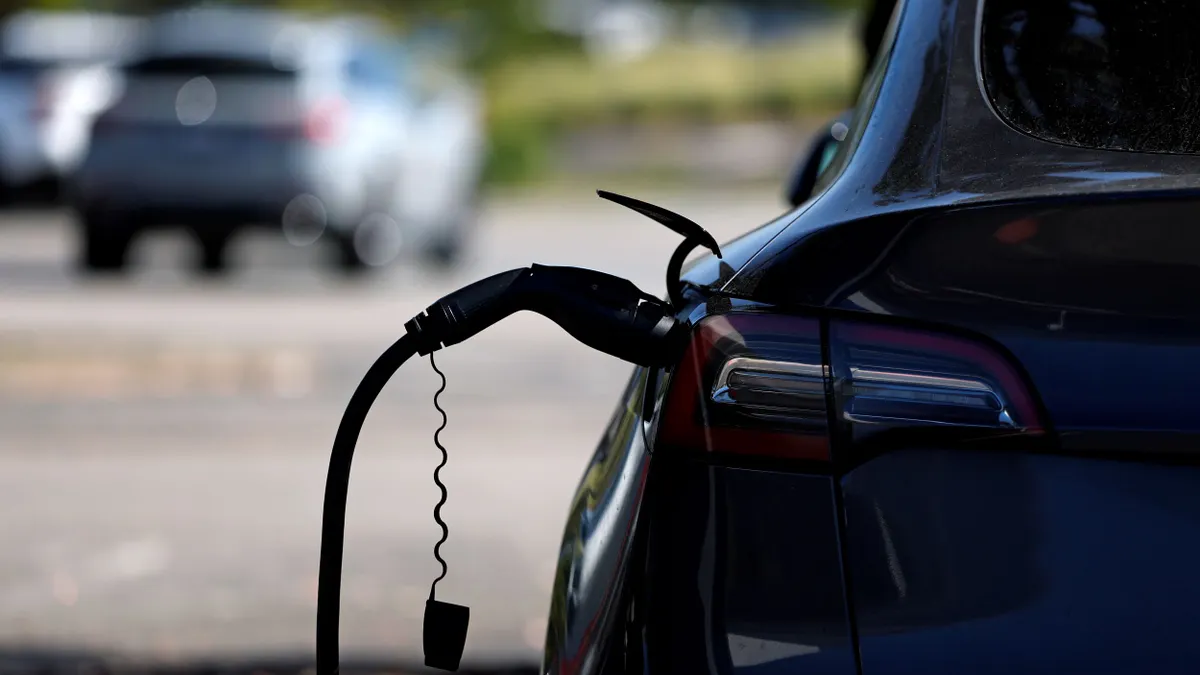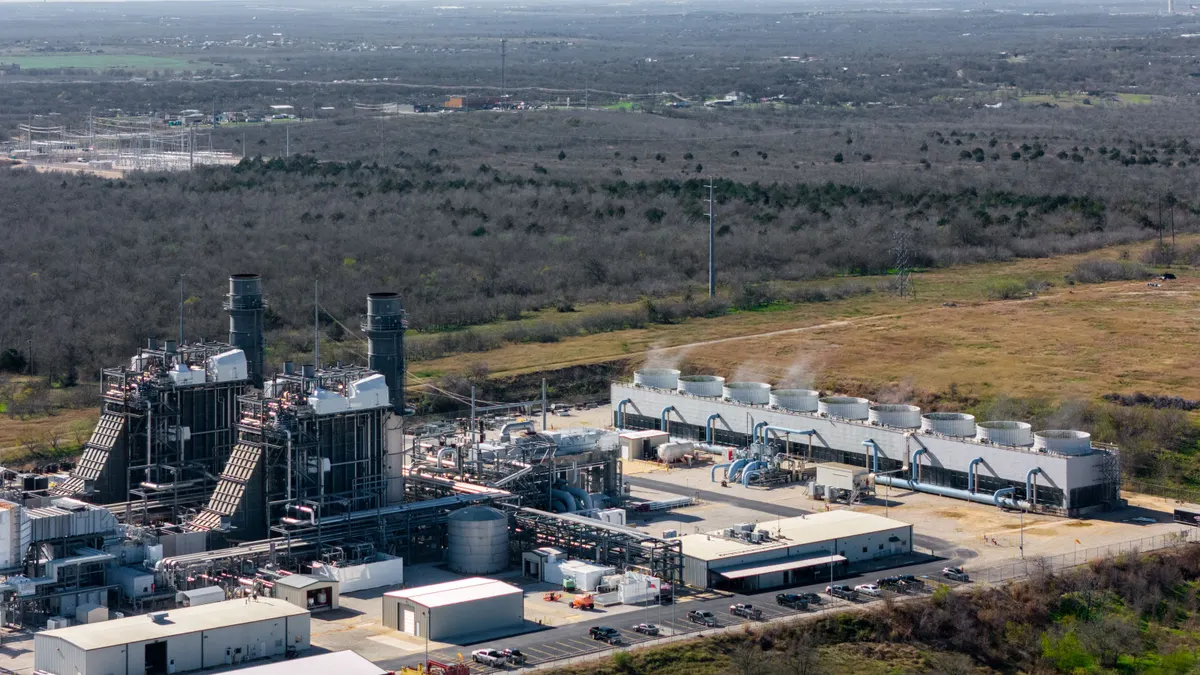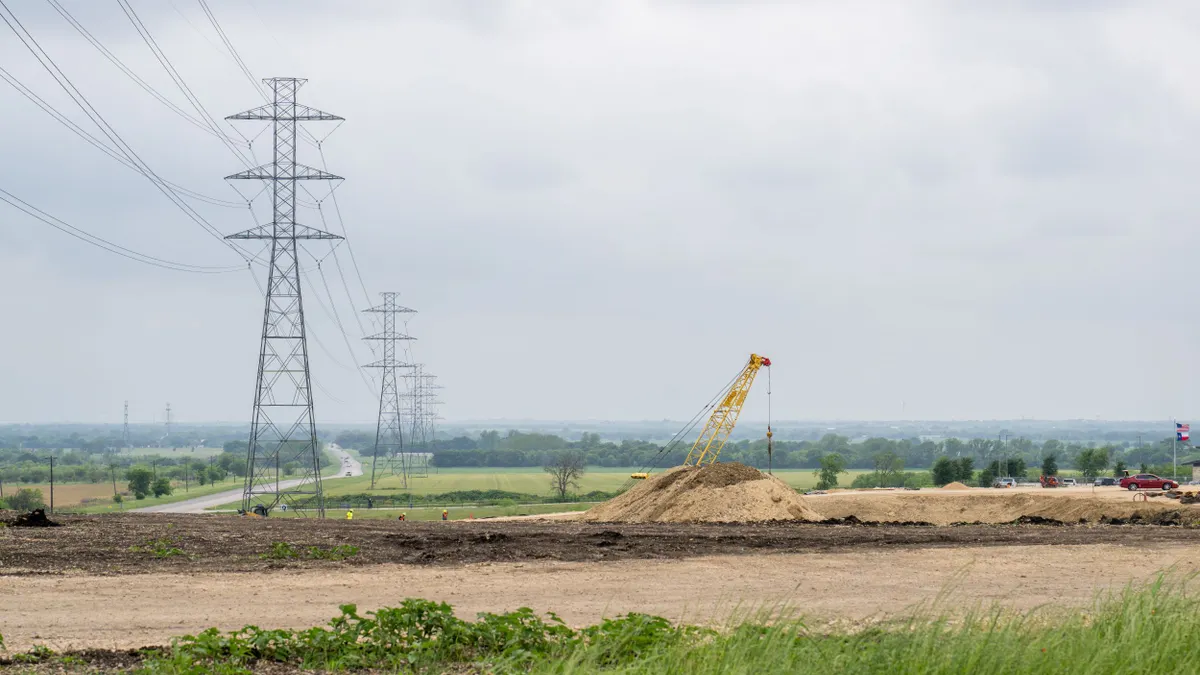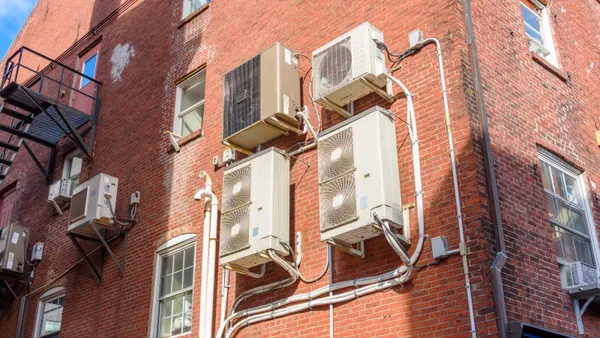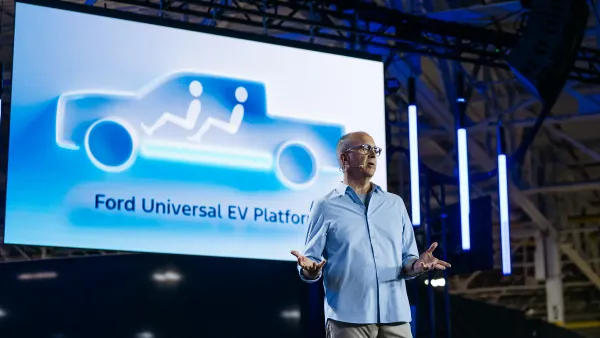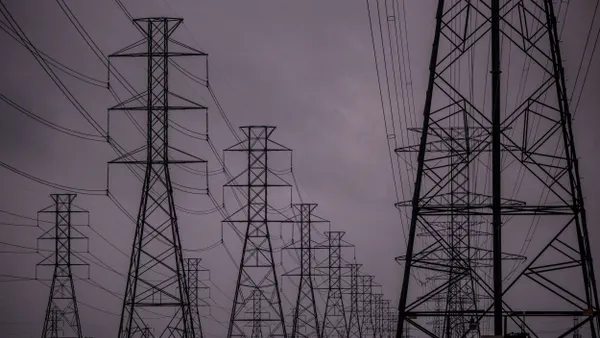Dive Brief:
- The U.S. Department of Transportation on Monday revived the $5 billion National Electric Vehicle Infrastructure formula program, which it suspended in February pending a review of implementation policies and funding guidance.
- NEVI was included in the bipartisan infrastructure law passed by Congress in 2021 and required states to develop EV charging infrastructure plans in order to access funds to install charging stations.
- The new guidance for states to access the charging funds cuts red tape and waste, DOT officials said. EV advocates cheered the “greater flexibility” for states and “regulatory certainty” around funding rollouts. The Sierra Club, however, said the Trump administration is “still illegally withholding billions Congress dedicated to EV charging.”
Dive Insight:
The DOT’s guidance follows a U.S. district court preliminary injunction in June that lifted the Trump administration’s NEVI freeze.
The February program hold blocked states from accessing more than $2.5 billion in funds that had already been allocated for 2022–2025, according to the Sierra Club. The June injunction allowed some states to access roughly $1 billion in funding that had been frozen.
“If Congress is requiring the federal government to support charging stations, let’s cut the waste and do it right,” Transportation Secretary Sean Duffy said in a statement. “Our revised NEVI guidance slashes red tape and makes it easier for states to efficiently build out this infrastructure.”
The Biden administration developed the NEVI program in an effort to ease range anxiety and facilitate wider adoption of EVs throughout rural and urban areas of the country. The former president had set a goal for half of new U.S. car sales to be electric by 2030.
“While I don’t agree with subsidizing green energy, we will respect Congress' will and make sure this program uses federal resources efficiently,” Duffy added.
The revised guidance requires states to file plans within 30 days. DOT said the new guidance “simplifies” the process by minimizing state plans to statutory and regulatory requirements.
The new guidance allows states to determine appropriate distance between stations along alternative fuel corridors, DOT said. The initial guidance required states to build EV charging stations every 50 miles along alternative fuel corridors.
DOT’s also said its changes minimize requirements for “states to consider electric grid integration and renewable energy” and “eliminates requirements for states to address consumer protections, emergency evacuation plans, environmental siting, resilience and terrain considerations.”
EV advocates cheered the guidance and its potential impacts.
“We are encouraged by the Department’s commitment to removing unnecessary barriers and enabling states to advance EV infrastructure projects more efficiently,” Electrification Coalition Executive Director Ben Prochazka said in a statement. “We appreciate the Department’s efforts to streamline the program and provide states with greater flexibility to accelerate the deployment of EV charging infrastructure nationwide.”
Prochazka said the guidance “unlocks projects to move forward,” but added, “we look forward to providing input to improve the program further.”
The number of U.S. public charging connectors has more than doubled since 2021, and 2025 “is projected to be the strongest year yet for EV charging infrastructure expansion,” Zero Emission Transportation Association Executive Director Albert Gore said in a statement. But more charging stations are needed and initiatives like the NEVI program play an important role in the buildout, he said.
“The new interim final guidance provides important regulatory certainty for the companies and state departments of transportation that are implementing this program on the ground,” Gore said.
The Sierra Club was less impressed, and said the new guidance adds nothing except time to build out the nation’s EV charging network.
“It’s ironic that this guidance was sold as cutting red tape, yet all it has accomplished is more than half a year of needless delay,” Sierra Club Clean Transportation for All Director Katherine García said in a statement. “The guidance only restates requirements already in law, making clear that the real purpose of the Trump administration’s freeze was to try to stall electric vehicle momentum.”
The Trump administration “is still illegally withholding billions Congress dedicated to EV charging,” García added. “We will continue to work towards the recovery of nationwide NEVI funding.”
The June preliminary injunction lifted the freeze for some states, but Sierra Club officials say NEVI funds remain frozen for three plaintiffs — the District of Columbia, Vermont, and Minnesota — along with 34 other states and Puerto Rico who were not party to the lawsuit.
The Department of Transportation did not immediately respond to a request for comment.



